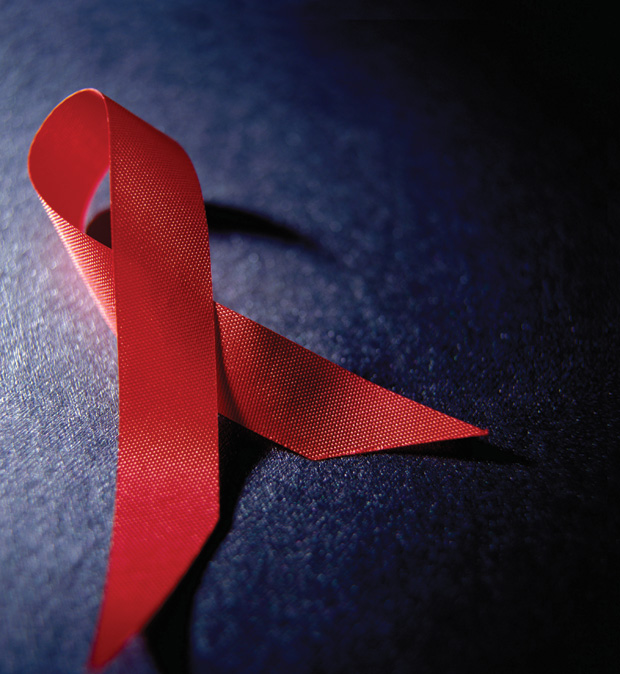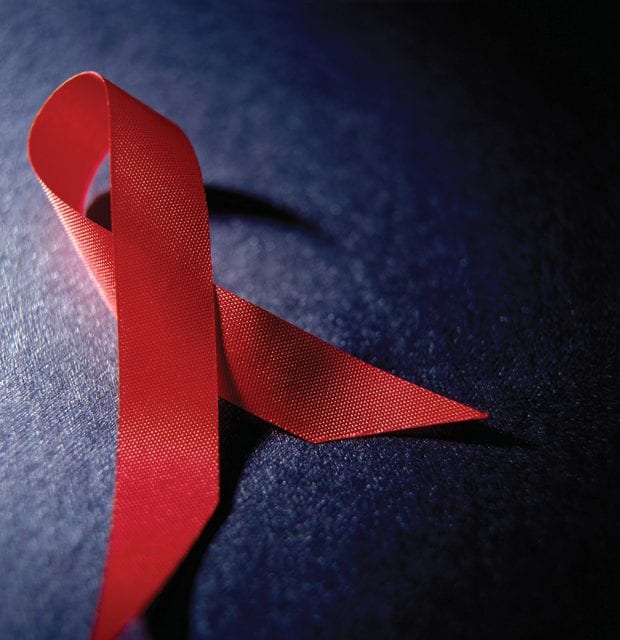IAS attendees mourn colleagues killed on MH17
 By Tammye Nash | Managing Editor
By Tammye Nash | Managing Editor
The 20th International AIDS Conference, held this week in Melbourne, Australia, began shrouded in a cloud of shock and grief, when six people on their way to the event were killed — along with 292 other passengers — when Malaysia Airlines Flight 17 was blasted out of the air by Russian-backed separatists in Ukraine.
Initial reports indicated that as many as 108 of those who died aboard MH17 were researchers and activists on their way to Melbourne for the AIDS conference. But by the time the conference began Sunday, July 20, the number of conference delegates confirmed dead stood at six.
Sunday’s opening ceremonies including a moment of silence for the researchers and activists killed in the crash of MH17, and Francoise Barre-Sinoussi, president of the International AIDS Society, which puts on the conference, dedicated this year’s event to them.
“I would love to be telling you that we were opening this conference in happier times,” Barre-Sinoussi said. “The extent of the loss of our colleagues and friends is still hard for me to comprehend or express. We grieve alongside all of those throughout the world who have lost family and friends in this senseless tragedy.
“I strongly believe that all of us being here for the next week to discuss, to debate, and to learn is indeed what our colleagues who are no longer with us would have wanted. We dedicate AIDS 2014 to them. We will remember their legacy and forever keep them in our hearts. … Our colleagues were traveling because of their dedication to bringing an end to AIDS and improve global health. Our determination to continue their work honors their commitment,” he said.
The conference delegates who died on MH17 were Pim Wilhelm DeKuijer of the Netherlands, a lobbyist with AIDS Fonds/Stop AIDS Now!, Maria Adriana DeSchutter of the Netherlands, program manager for AIDS Fonds/Stop AIDS Now!; Joep Lange of the Netherlands, a former IAS president and co-director of HIV Netherlands/Australia Collaboration/HIV-NAT; Glenn Raymond Thomas of the United Kingdom, who worked for the World Health Organization; Lucie Paula Maria van Mens of the Netherlands, director of support for The Female Health Company; and Lange’s partner, Jaqueline van Tongeren of the Netherlands, who worked for the Amsterdam Institute for Global Health and Development.
“It’s just such a tragedy,” Ruben Ramirez, preventions program manager for Resource Center, said of the deaths. “We have lost such a tremendous brain trust of information on HIV and AIDS.
“Joep Lange was one of the earliest proponents of using combination therapies to treat AIDS, and he was right. Even today, we are using those combination therapies,” Ramirez said. “We are really going to miss this man, who was a giant in HIV/AIDS research. We are going to miss all of them. We have suffered a great loss.”
But as the conference got underway, good news gave a silver lining to the clouds of mourning. One report presented in the early days of the conference showed that pre-exposure prophylaxis — PREP — is effective in cutting down the number of new HIV infections in high-risk populations. Another showed new HIV diagnoses dropping.
The PREP report presented Tuesday, July 22, discussed research involving 1,600 gay men and transgender women. The original study showed that daily use of the drug Truvada lowered the risk of getting HIV. In follow-up research none of those who took the pills at least four days a week became infected, and even using the pill two or three days a week lowered the risk of infection, compared to taking it less frequently or not at all.
Even though some researchers had worried that those who took Truvada might get a false sense of security and be less likely to practice safer sex, study participants reported no increase in risky behaviors and there was no rise in other sexually-transmitted diseases.
But Ramirez warned against being too optimistic. “Yes, the studies show that PREP is 100 percent effective — but only among those who adhere strictly to the regimen,” he said.
“And studies show that the majority of gay men do not adhere to the regimen.”
Ramirez said there has been “a lot of talk about PREP on the [East and West] coasts” in the U.S., “and it’s surging here, in Texas. But I think these statistics show us the work we really have left to do. Yes, PREP can be an effective tool in the HIV/AIDS prevention toolbox. But there’s an education process that needs to take place.”
The goal of a “zero AIDS generation” by the year 2030 looked more likely after reports noting that infection rates are dropping. Results of a U.S. government study released last week before the AIDS conference began showed that the rate of HIV infections diagnosed in the U.S. each year fell by a third over the past decade. And experts celebrated it as hopeful news that the AIDS epidemic may be slowing in the U.S.
But Ramirez again urged caution, noting that not all the news was good.
“Yes, overall the infection rate has dropped. But among young [men who have sex with men] between the ages of 13 and 25, the rate of new infections increased between 2002 and 2012. That’s very sobering, to say the least,” Ramirez said.
He attributed at least some of that increase to “the advent of new GPS-based communication options” such as smart-phone apps that allow people to “hook up” more quickly, without the kind of planning necessary in the past.
“It’s faster, it’s easier and these young MSM are hooking up without having to think, and they are not thinking about taking precautions,” Ramirez said. “So yes, there is some good news coming out of the conference. But we still have a lot of work ahead of us.”
This article appeared in the Dallas Voice print edition July 25, 2014.

